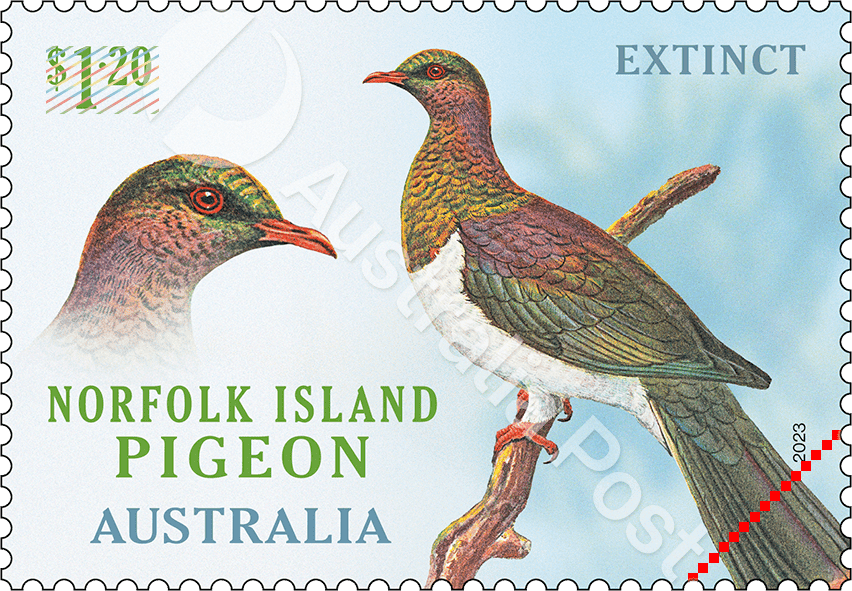
Issue date: 31 January 2023
Norfolk Island is located in the Pacific Ocean around 1,400 kilometres east of the Australian mainland. Together with small islets Phillip Island and Nepean Island it forms one of Australia’s external territories.
Around 200 plants are native to Norfolk Island, including 45 that are endemic. This stamp issue showcases two native flowering plants from the region, both of which are from the hibiscus family.
Designer
Sharon Rodziewicz, Australia Post Design Studio
Products released in this issue
| Issue date | 18 July 2017 |
| Issue withdrawal date | 31 January 2018 |
| Denominations | 1 x $1, 1 x $2 |
| Stamp design | Sharon Rodziewicz, Australia Post Design Studio |
| Product design | Sharon Rodziewicz, Australia Post Design Studio |
| Printer | EGO |
| Paper - gummed | Tullis Russell Red Phos |
| Printing process | Offset lithography |
| Stamp size | 37.5mm x 26mm |
| Perforations | 13.86 x 14.6 |
| Sheet layout | Module of 50 |
| FDI postmark | Norfolk Island NSW 2899 |
| FDI withdrawal date | 15 August 2017 |

Endemic to Phillip Island, the critically endangered Hibiscus insularis has also been planted widely on Norfolk Island. This large shrub flowers for most of the year, bearing beautiful cream to light green blooms with a dark magenta centre that turn pinkish or purple as it ages.
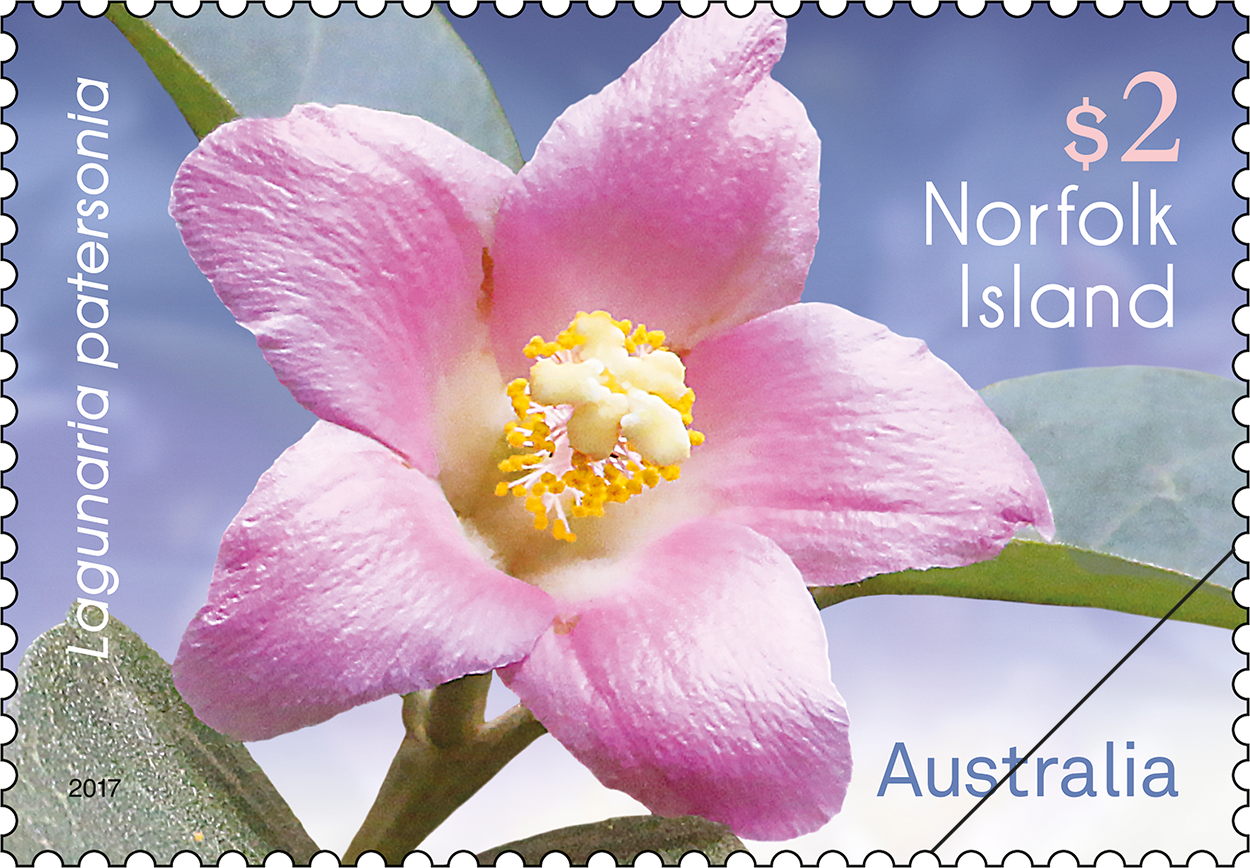
A medium to large tree, Lagunaria patersonia is covered in small pink and mauve flowers in spring and summer. This common tree is also native to Lord Howe Island and is cultivated in many parts of the world.

Issue date: 31 January 2023
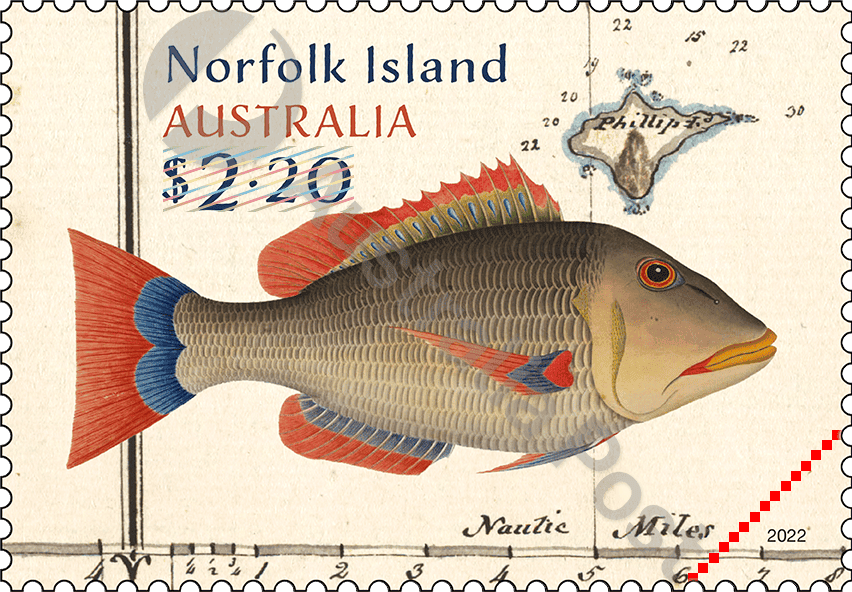
Issue date: 13 September 2022
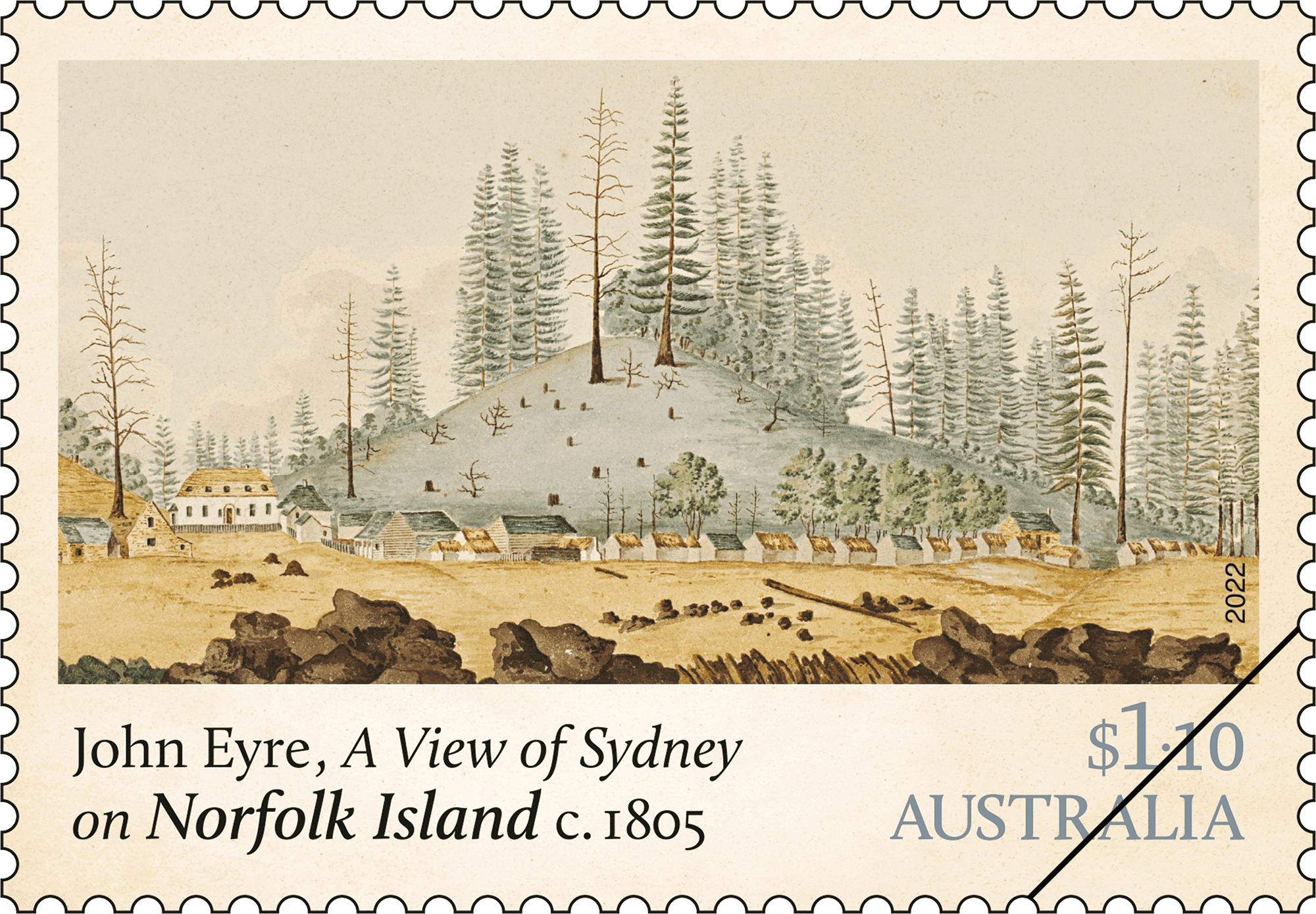
Issue date: 19 January 2022
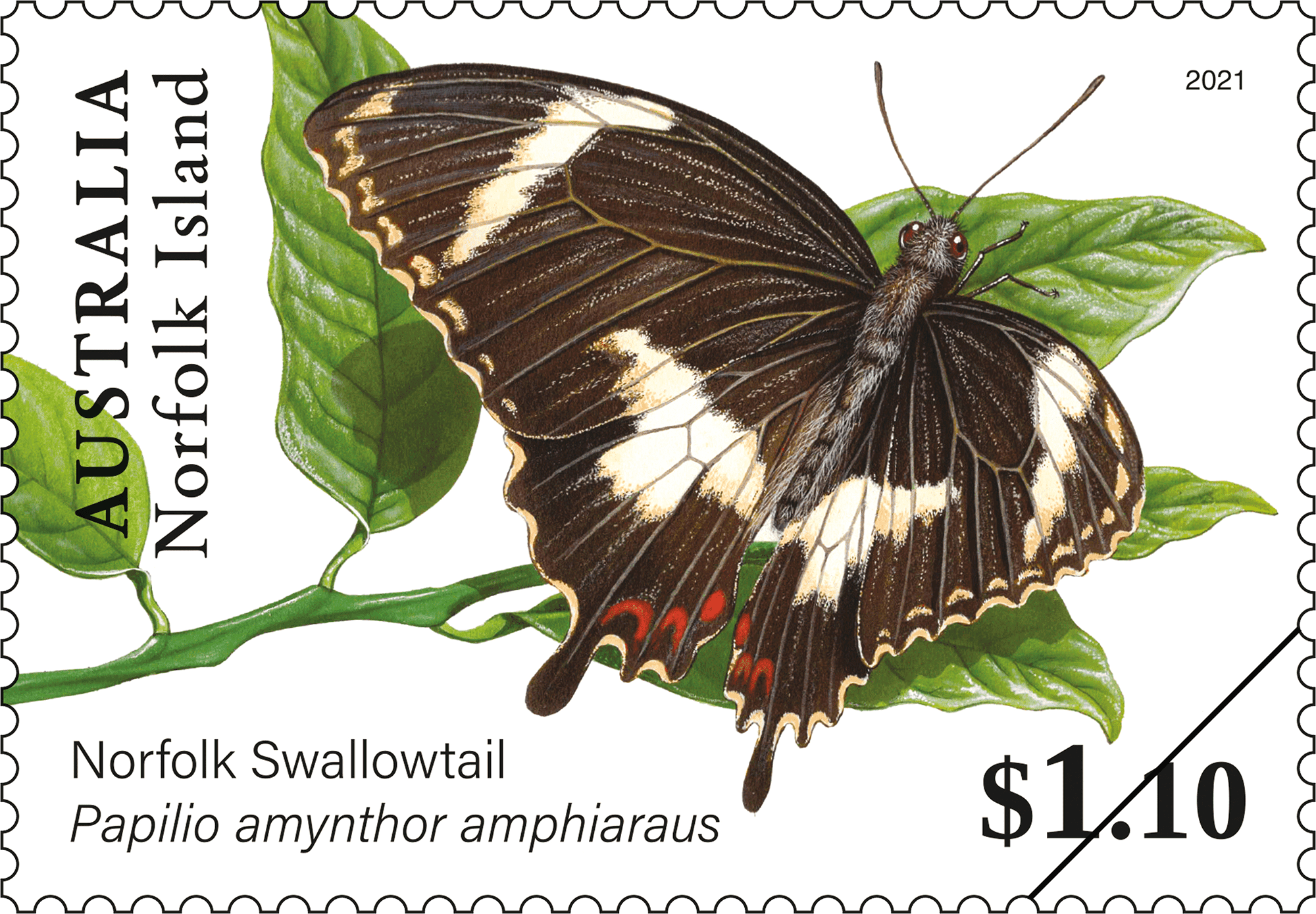
Issue date: 21 September 2021
This content was produced at the time of the stamp issue release date and will not be updated.